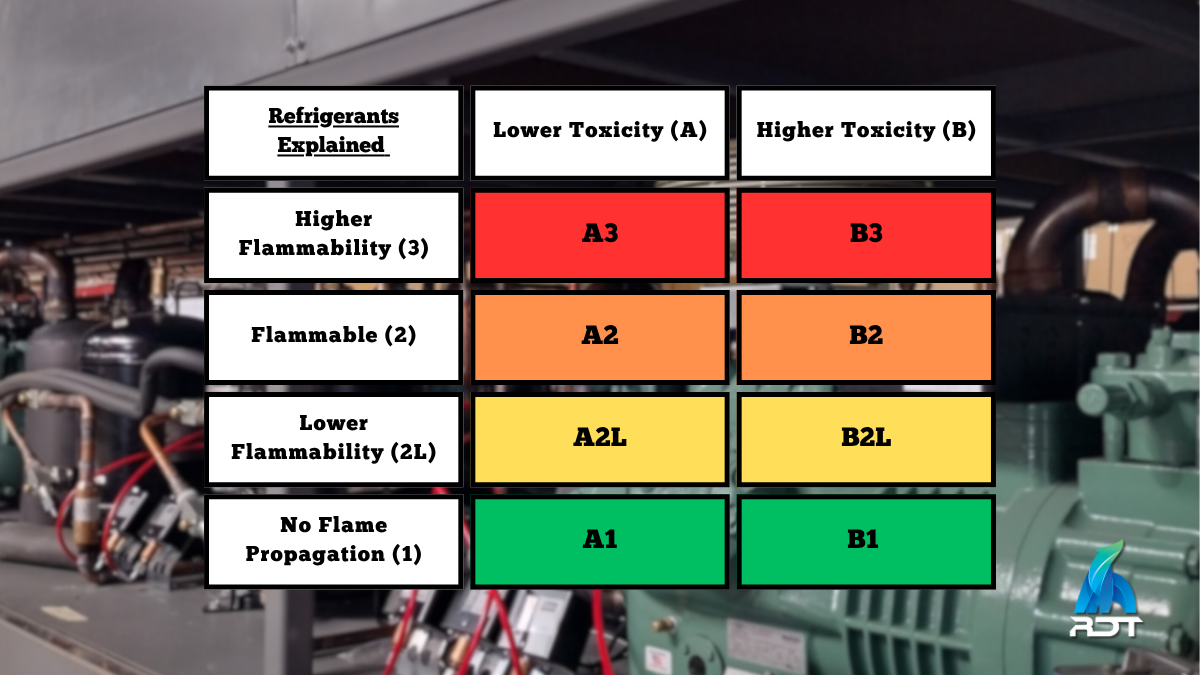3 min read
How can we get more students to eat healthier lunches at a lower cost? That's the goal of any school nutrition director, and it's the main challenge every school nutrition director faces when school resumes every fall.
Read More



.png?width=500&name=RDT%20WRAPPED%20(1).png)








